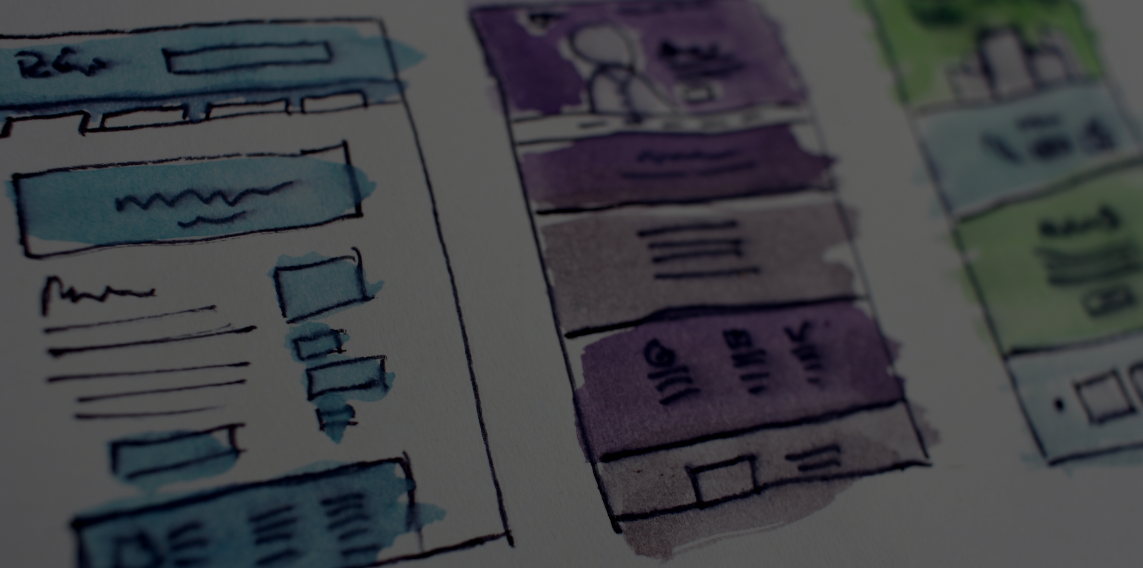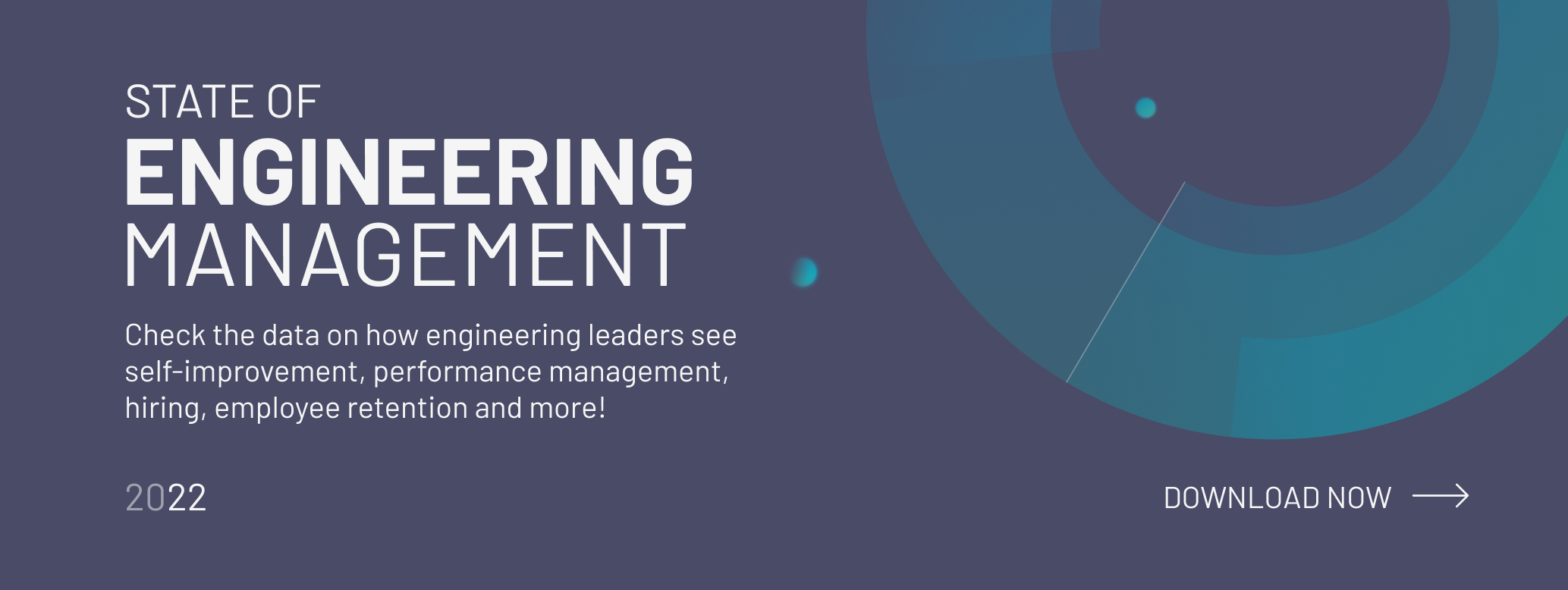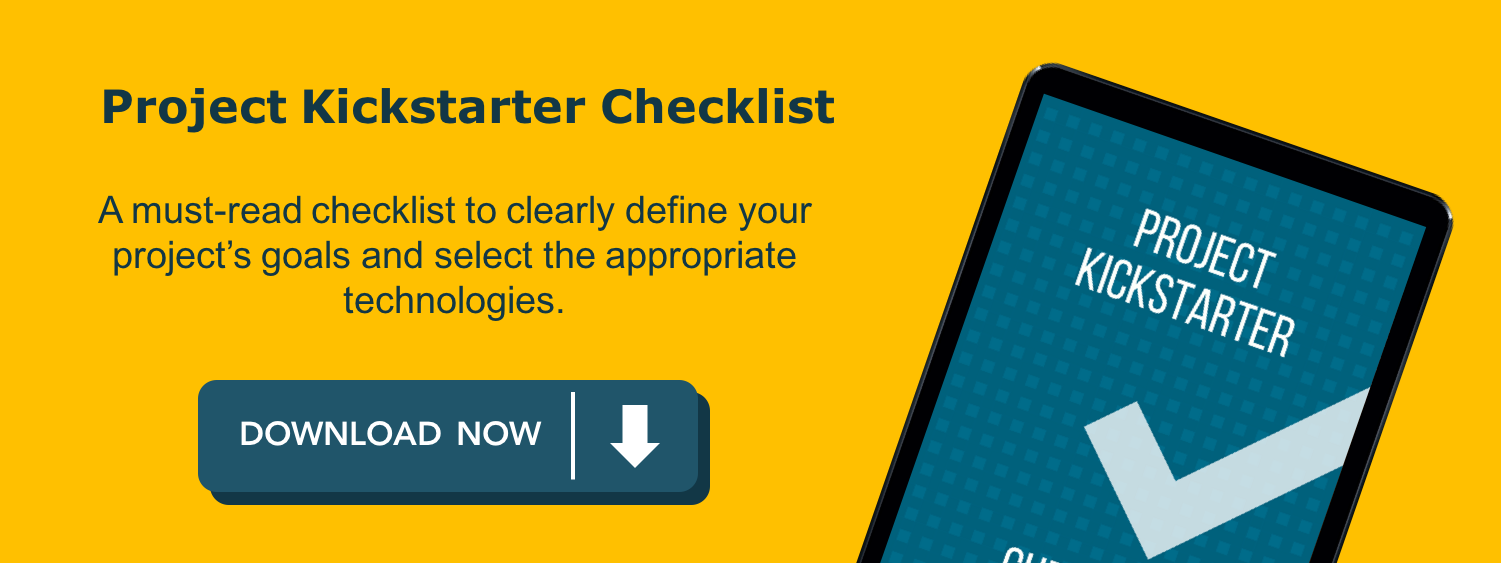
HOW PROTOTYPING ALIGNS YOUR TEAM AND LEADS TO SUCCESSFUL SOFTWARE PROJECTS
As designers and developers grow in their understanding of how to develop great products together, the team grows in understanding of how prototyping contributes to high quality, user-friendly software does.
Often, newly-formed teams want to cut straight to the chase. They start to write code, focusing on the grand vision of the completed product rather than on the granular steps needed to achieve it.
This approach tends to fail at every level.
Starting to build before the foundations are laid leads to poorly architected and designed solutions.
Suddenly, the team is left festering in development hell. Sound familiar? Almost every designer and developer encounters this type of project at some point in their career.
Inconsistent UI components, bugginess, lack of clarity and costly time lost through miscommunicated requirements all pile up to leave the project in disarray. It’s a horrible place to be and a horrible place to get out of. But what has this got to do with prototyping?
Prototyping forces your team to think before it acts. It creates a shared vision for the eventual success your project will become.
This all happens before needing to invest in the most expensive phase of any project’s development: writing code.
A good prototype is a conversation about ideas, a visual representation of a team’s creativity. It should quickly and effectively represent a practical solution to the problems your team is solving that everyone can align around.
Great. Let’s dive a little deeper into the advantages and disadvantages (and how to mitigate them!) of building a prototype.
THE ADVANTAGES OF PROTOTYPING

Prototypes save time and money
Prototyping will improve the quality of the requirements documentation you provide to customers/users. It will aid in breaking down the customer’s problems and in providing a visual solution to them they can sign off on. It also helps when anticipating costs and it reduces the number of times valuable time is lost because part of your team misunderstands the goal of the project and implements something incorrectly.
Prototypes result in better user feedback - earlier
By including your customers in the process of creating a product, you get helpful feedback and can easily correct mistakes to improve the product without ever having to write code. Bonus benefit: the customer ends up happier and feels more involved in the project as they see more visual progress early on.
Prevents potential changes after the product is launched
The cost of fixing a bug or replacing an unnecessary feature is said to be 100x more expensive when designing a product compared to when the product is live. To avoid disappointing the customer/user and to deliver an outstanding product from the get-go, prototyping is the one thing that will help you find and eliminate unnecessary features and usability bugs right at a project’s inception.
THE DISADVANTAGES OF PROTOTYPING

Prototypes may confuse your client or users
When not presented correctly, prototypes can often be confused with the final version of a product and lead to unfairly high expectations. Customers may also perceive the project to be progressing far more quickly than it really is. In order to prevent this from happening, always make sure the client is clearly aware of what stage the project is at, and what feedback you are looking for from the prototype.
Prototyping takes time
Prototypes are not free. Building one often takes a few days or longer to develop, so prototyping definitely comes at a price. The right question you need to ask (especially if someone in your team is skeptical about the value of prototyping) is, how many mistakes will your team never make because of your improved communication? That’s why people who have had software projects come in late (myself included) tend to value the time spent prototyping higher. Investing the right amount of time to plan and organise at the start inevitably pays itself back in the long run.
Prototypes are never a complete representation of the product
Prototypes are simply a representation of an idea. There is a possibility that important parts of your project, which are not in the prototype, are assumed not to exist. To prevent this, it is important again to communicate clearly what is in and what is not in the prototype. In general, your team should be aware that no prototype will ever fully match the completed product. It’s just a representation.
BUILDING YOUR FIRST PROTOTYPE
It doesn’t matter if you are a designer, developer, product manager, freelancer, experienced or beginner.
There’s a right time and a right place to create your prototype. It tends to be at the start of a project, after the initial conversations about what your project should do have happened. That said, it’s also never too late to create a prototype.
If you find you are in the middle of developing a new product, and you are feeling indecisive about how a particular flow should work, then jump out immediately and throw together a prototype. Jumping from the complexity of handling every user action to a new focus on how you ideally want your product to work really helps your mind come up with the best solutions.
About the author
Dave Kearney is the founder and CEO of FluidUI.com, a web and mobile app prototyping tool that lets you create prototypes and share them in record time. He really loves when teams work well together, which he believes always starts with great communication. Read more of his articles on the Fluid UI blog.
Photo by Hal Gatewood - Unsplash












